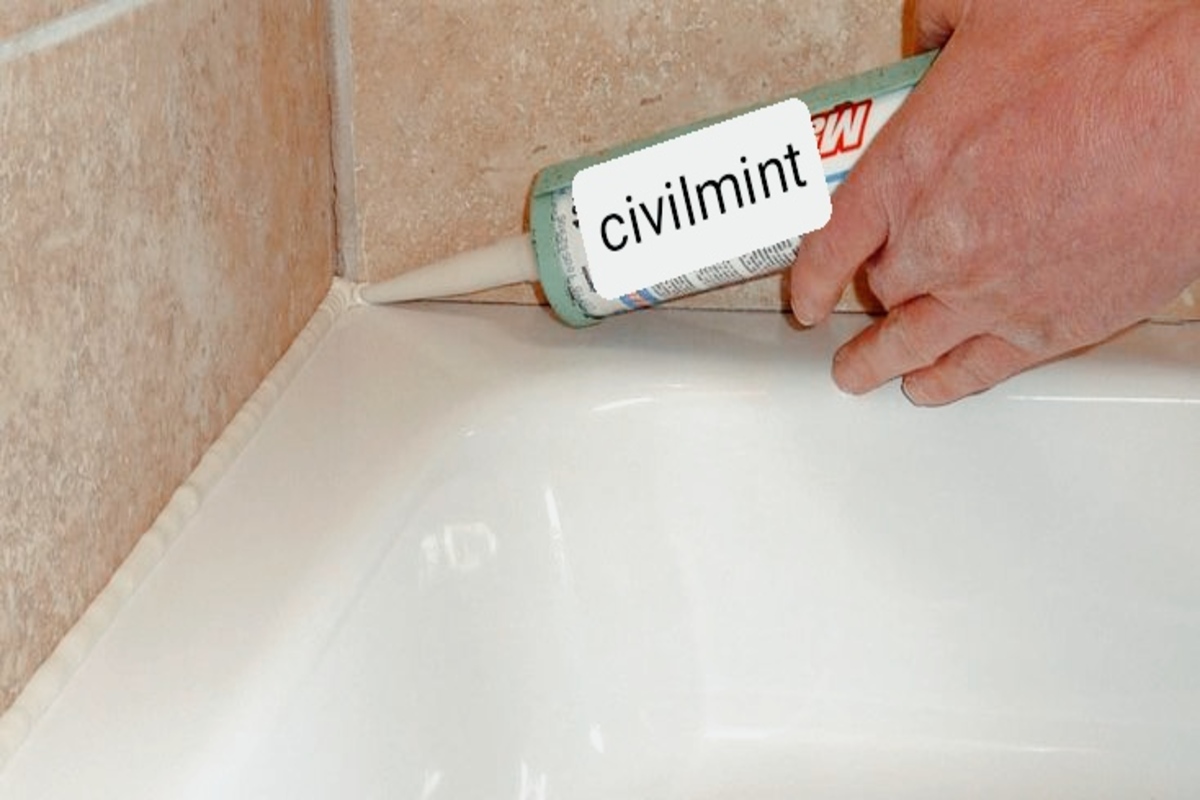Sealant is essential for preventing leaks, safeguarding surfaces from water damage. It ensures the longevity of structures. With a multitude of options available on the market, selecting the appropriate sealant for a specific application is critical to achieving long-lasting results.

Table of Contents
What Is Sealant?
Sealant is a substance that seals, blocks, or closes gaps between building materials to prevent fluids, air, and pests from passing through.
It seals joints where dissimilar materials meet, fills any irregularities that might exist between the two surfaces, and fills cracks in surfaces such as concrete, fiberglass, and other rigid building materials.
Sealants typically come in thick liquids or pastes, and users can squeeze them into place with a caulking gun or apply them with a trowel.
Alternatively, they can apply the liquid to the joint before assembly, allowing the sealant to take the form of the gap naturally under pressure.
Sealants can also provide flexible adhesion between two surfaces and dress up gaps around window and door trim.
Since they prevent air and other substances from passing through gaps, they can keep a home more comfortable in various types of weather.
Different Types Of Sealants
I have described all the major types of sealants used in construction industry.
1. Water-based Sealants:
Water-based sealants, also known as latex, seal gaps between doors, windows, and moldings. They apply easily, clean up quickly, and dry fast. They are paintable but tend to shrink when dry, so not ideal for wet or exterior applications.
2. Acrylic Sealants:
Acrylic sealants, paintable like latex, have more stable sealing properties and less shrinkage, making them perfect for outdoor applications that need color matching. However, they are less flexible, leading to cracking over time.
3. Butyl Sealants:
Butyl sealants are rubber-based and adhere well to various materials. They tend to be runny and messy to apply, but highly water-resistant, flexible, and resist aging, UV rays, and moisture. They tear upon movement and do not accept paint well.
4. Polysulfide Sealants:
Polysulfide sealants are expensive, containing more VOCs than other types. They remain highly flexible, perfect for active leaks requiring immediate repairs, and even apply underwater. They can last up to 20 years, but are not paintable.
5. Silicone Sealants:
Silicone sealants are highly versatile and remain very flexible, making them ideal for creating water and air barriers. They are unpaintable but stick to almost any material, highly water-resistant, and less prone to shrinkage than most other sealants.
6. Polyurethane Sealants:
Polyurethane-based sealants create strong bonds between materials, sealing joints to prevent substances from passing through. They are abrasion-resistant, highly flexible, and rarely paintable but come in tinted hues like gray, black, or white for matching with concrete and trim.
Applications Of Sealant
Sealants find widespread use in various applications. Installers use sealants to create an airtight seal around the rough openings of windows and doors. Foam strips are typically used as sealants between framing lumber and concrete foundations.
Sealants also have other uses, such as window glazing, patching cracks in concrete foundation walls and sidewalks, around shower and tub surrounds, and seams around moldings within the home. Sealants are suitable for any small gap that allows for the passage of water, air, or insects.
Various applications use sealants to prevent the unwanted passage of air, water, or insects. From residential to commercial applications, people use sealants widely for ensuring comfort, safety, and protection.
